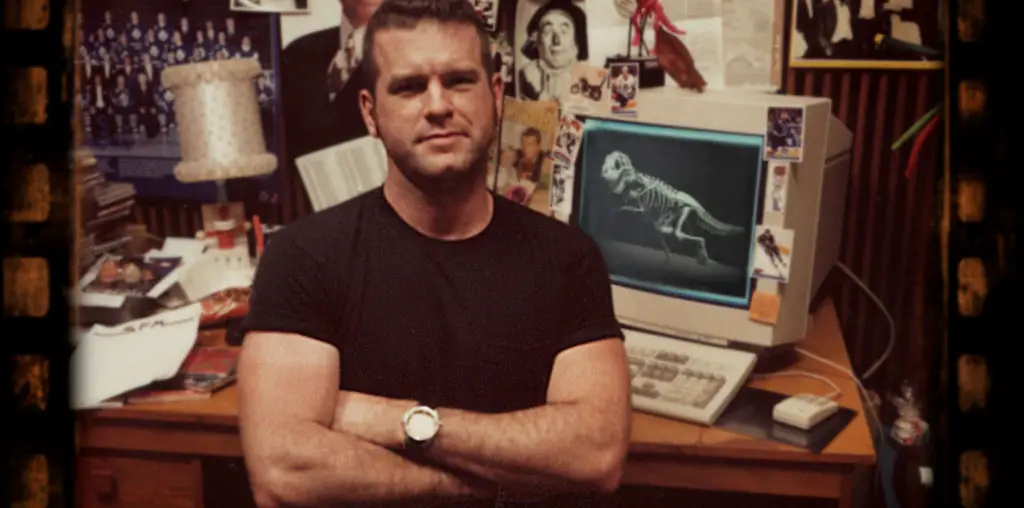
1 town, 15 characters, 1 take, 0 cuts, 81 minutes long. As succinctly as humanly possible, that sums up Gustavo Spolidoro’s film “Still Orangutans.” Taking place in the Brazilian town of Porto Alegre during a hot Summer day, the film follows a multitude of strange characters and plotlines, all in one take without a single cut. Think Hitchcock’s “Rope” if he ventured out of the apartment, or if contemporary cinema is your realm, “Russian Ark” (though “Still Orangutans” trumps that one by taking place in a number of different, practical locations).
Now, the film takes a moment or three to get used to. Simply, we’re a cinema culture used to quick cuts so anything that lingers seems to take an eternity, and the film tries our patience right off the bat. The opening sequence on a train teeters between curiosity of what the Hell is going on, and boredom (is this going to be some pretentious art-piece where no one is going to speak, everything is going to be overly dramatic and nothing will happen?). Luckily, the film picks up the pace quite a bit… though doesn’t necessarily justify its existence, or the technique that brought it to life.
On a filmmaking level, it boggles the mind to take the step back from audience member and even attempt to comprehend how this film was put together. It’s not simply handheld, follow-one-character-then-follow-the-next-character while they do their best version of “Slacker.” Locations are changed mid-scene (drastically in one case), time goes by (the film supposedly takes place over the course of about 15 hours or so, if you follow the announcements and casual conversation, thanks to some tricky work by the film crew) and there’s nary a blink. In that regard, the technical level, the film is absolutely brilliant.
Story-wise, it’s a sprawling mess that doesn’t really have much of a reason to it (and possibly not even a rhyme). Which is unfortunate, because it takes a film that could be a masterful cinematic experience and instead makes it a novelty. I want to be able to recommend a movie for more than the way it which it is shot, but at the end of the day, that is the only reason I would suggest this film to anyone. Had events stayed the same and only edits were integrated, it’d be a curious film, but not necessarily a memorable one. And since one gets used to the single-shot experience so quickly in this film, all that is left to hang on IS the story, and it makes for a surprisingly unexciting viewing experience.

